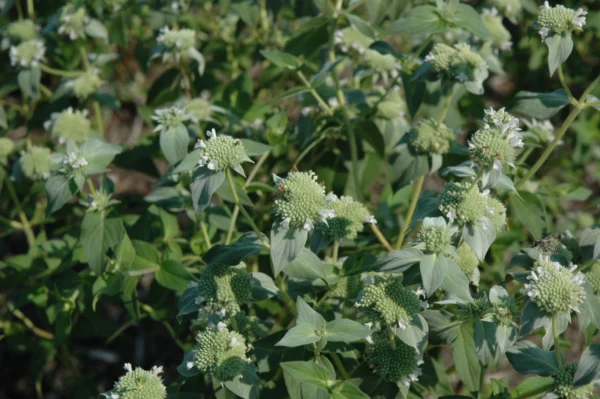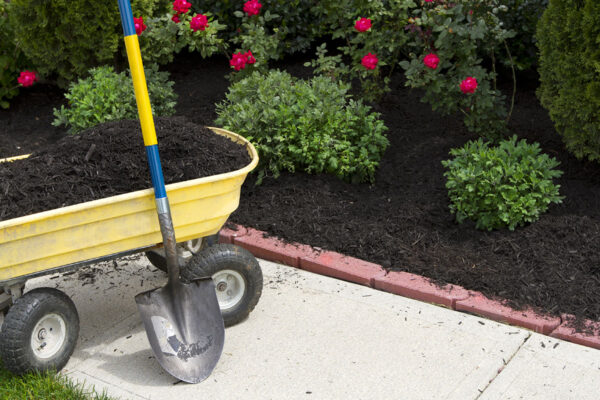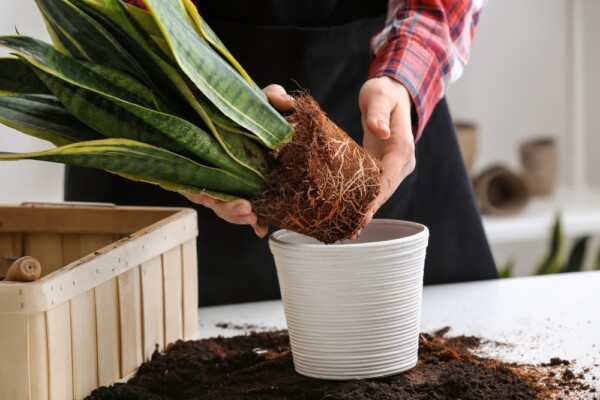
Using Native Mountain Mint in Your Virginia Landscape Design
Whether you’re already familiar with the many benefits of Mountain Mint, or just discovering its potential, it’s time to explore how to incorporate this versatile plant into your landscape. With its attractive foliage, long-lasting blooms, and ability to support local ecosystems, this native perennial can elevate your landscape from ordinary to extraordinary. Incorporating Mountain Mint… Read More









